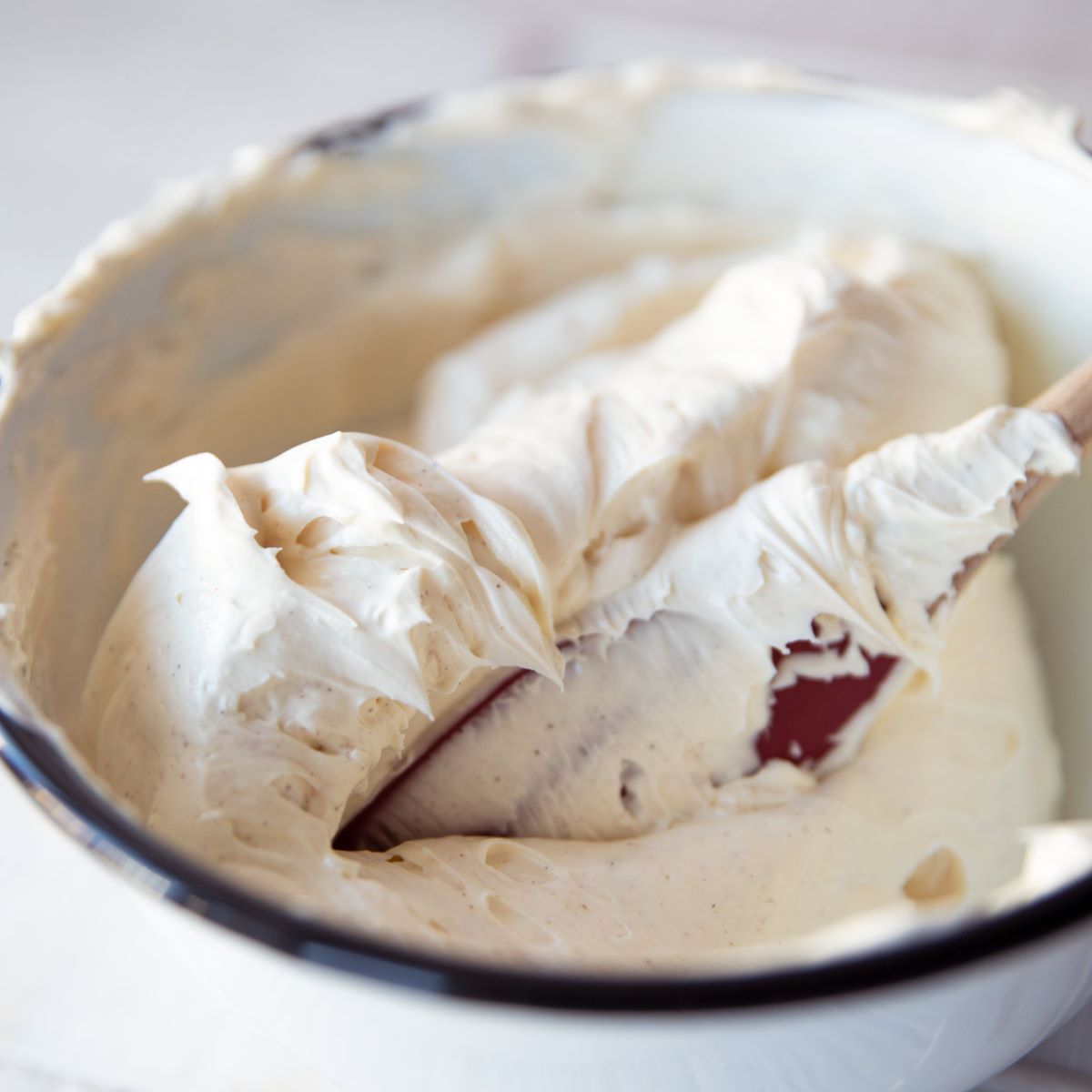

Articles
How To Store Leftover Frosting
Modified: August 24, 2024
Learn how to properly store leftover frosting with these helpful articles. Keep your frosting fresh and ready to use for your next baking project.
(Many of the links in this article redirect to a specific reviewed product. Your purchase of these products through affiliate links helps to generate commission for Storables.com, at no extra cost. Learn more)
Introduction
When it comes to baking, frosting adds the perfect finishing touch to cakes, cookies, and cupcakes. However, it’s not uncommon to find yourself with leftover frosting after completing your baking project. Instead of letting it go to waste, you can easily store it for future use. This article will guide you on how to store leftover frosting properly so that you can enjoy its deliciousness at a later time.
Proper storage of leftover frosting is crucial to maintain its taste, texture, and quality. Whether you’re dealing with buttercream, cream cheese, or any other type of frosting, the right storage technique will ensure that it remains fresh and ready for your next baking adventure.
In the following sections, we will explore various methods for storing leftover frosting, including refrigeration and freezing options. We will also discuss the importance of choosing the right container, labeling and date tracking, and how to thaw and reuse the frosting when needed. By following these tips, you can avoid wasting frosting and enjoy its delectable goodness whenever the craving strikes.
Key Takeaways:
- Don’t let leftover frosting go to waste! Properly store it in airtight containers in the refrigerator or freezer, label and date track for freshness, and enjoy its deliciousness in future baking projects.
- Thaw and reuse frozen frosting by allowing it to naturally soften, gently stirring to restore smoothness, and adjusting sweetness if needed. Make the most of every dollop of frosting for your baking creations!
Read more: How To Store Frosted Cupcakes
Storing Leftover Frosting
When it comes to storing leftover frosting, there are a few methods you can choose from depending on the type of frosting and how long you plan to store it. Here are the most common options:
- Refrigerator Storage: If you plan to use the leftover frosting within a week, storing it in the refrigerator is the easiest and most convenient option. Make sure the frosting is in an airtight container to prevent it from drying out or picking up odors from other foods in the fridge. Place it in the refrigerator and use it within 5-7 days.
- Freezer Storage: If you have a larger quantity of leftover frosting or want to store it for a longer period, freezing is the way to go. However, not all types of frosting freeze well, so it’s essential to consider the specific recipe. Buttercream and cream cheese frostings generally freeze better than whipped cream or meringue-based frostings. To freeze, transfer the frosting to a freezer-safe container, leaving a little room for expansion. Seal tightly and label with the date before placing it in the freezer.
- Proper Container Choice: Whether you opt for refrigerator or freezer storage, choosing the right container is essential. Use airtight containers or zip-top bags specifically designed for freezer use to prevent air exposure and freezer burn. These containers will maintain the frosting’s freshness and prevent it from absorbing odors from the freezer.
- Labeling and Date Tracking: It’s crucial to label the container with the type of frosting and the date it was stored. This will help you keep track of how long the frosting has been stored and ensure you use it within its recommended timeframe. Use a permanent marker or labels that won’t smudge or fade in the freezer or refrigerator conditions.
- Thawing and Reusing Leftover Frosting: When you’re ready to use the stored frosting, remove it from the refrigerator or freezer and allow it to thaw naturally. Avoid using a microwave or hot water bath to speed up the thawing process, as it can cause the frosting to become too soft or curdle. Once thawed, give the frosting a stir or lightly whisk it to restore its smooth consistency. If the frosting appears too dry, you can add a little milk or cream to help soften it.
By following these storage methods, you can keep your leftover frosting fresh and delicious, ready to be used whenever you have your next baking project or sweet craving. Avoid wasting those delectable flavors and make the most of every dollop of frosting!
Refrigerator Storage
Refrigerator storage is the ideal option if you plan to use your leftover frosting within a week. This method is simple and convenient, ensuring that your frosting stays fresh and ready to use. Here’s how to store leftover frosting in the refrigerator:
- Transfer the leftover frosting to an airtight container. Ensure that the container is clean and dry before adding the frosting. You can use glass, plastic, or food-grade plastic containers for this purpose. Avoid using containers that can absorb odors or transfer flavors to the frosting.
- Spoon the frosting into the container, leaving some space at the top for expansion. It’s important to avoid overfilling the container to prevent the frosting from leaking or making a mess in the refrigerator.
- Seal the container tightly to prevent air from entering and drying out the frosting. If using a plastic container, make sure the lid is securely attached. If using a glass container, you can cover it with plastic wrap or use a silicone lid for an airtight seal.
- Label the container with the type of frosting and the date it was stored. This step is essential for keeping track of how long the frosting has been stored and ensuring its freshness. Use a permanent marker or labels that will not smudge or fade in the refrigerator conditions.
- Place the container in the refrigerator, ideally on a flat surface or shelf where it won’t get knocked over or squished by other items. Avoid placing it near foods with strong odors, as the frosting may absorb those odors and affect its flavor.
- When you’re ready to use the frosting, remove it from the refrigerator and let it sit at room temperature for a few minutes to soften slightly. You can give it a gentle stir or whisk to restore its smooth consistency if needed.
By following these steps, you can ensure that your leftover frosting stays fresh in the refrigerator for up to a week. This method is convenient if you have immediate plans for using the frosting or if you want to keep it readily available for small baking projects or sweet treats.
Freezer Storage
If you have a larger quantity of leftover frosting or want to store it for an extended period, freezing is the perfect option. Freezing leftover frosting helps to preserve its freshness and flavor, allowing you to enjoy it at a later time. Here’s how you can store leftover frosting in the freezer:
- Transfer the leftover frosting to a freezer-safe container. It’s important to use containers specifically designed for freezing to prevent freezer burn and maintain the frosting’s quality. You can also use zip-top bags made for freezer use, ensuring that they are sturdy and airtight to prevent air exposure.
- Spoon the frosting into the container, leaving some room at the top for expansion. As the frosting freezes, it may expand, so it’s important not to overfill the container to avoid any leaks or mess.
- Seal the container tightly to prevent air from entering and freezer burn from occurring. If you’re using a freezer bag, remove any excess air and seal it securely. If you’re using a container, ensure that the lid is tightly attached or wrapped with plastic wrap to create an airtight seal.
- Label the container or bag with the type of frosting and the date it was stored. Proper labeling allows you to keep track of how long the frosting has been frozen and ensures that you use it within its recommended timeframe. Use a permanent marker or labels that won’t smear or fade in the freezer conditions.
- Place the container or bag of frosting in the freezer. Choose a flat surface where the container won’t get piled on or squished by other items. If you have multiple containers, stack them neatly, but make sure they are properly sealed to avoid any cross-contamination.
- When you’re ready to use the frosting, remove it from the freezer and place it in the refrigerator. Let it thaw naturally for several hours or overnight until it softens. Avoid using methods such as microwave or hot water baths to speed up the thawing process, as they can negatively affect the frosting’s texture and consistency.
- Once thawed, give the frosting a gentle stir or whisk to restore its smoothness. If the frosting appears too dry after thawing, you can add a small amount of milk or cream and stir until it reaches the desired consistency.
By following these steps, you can successfully store leftover frosting in the freezer for an extended period without compromising its taste and quality. Freezing allows you to preserve the frosting for future baking projects or indulgent treats whenever the craving strikes.
Store leftover frosting in an airtight container in the refrigerator for up to 2 weeks. Before using, let it come to room temperature and give it a good stir to restore its creamy texture.
Proper Container Choice
Choosing the right container is crucial when it comes to storing leftover frosting. The type of container you use can impact the freshness, texture, and overall quality of the frosting. Here are some considerations when selecting a container for frosting storage:
- Airtight Containers: Opt for containers that are airtight to prevent air exposure and keep the frosting from drying out. Mason jars with sealable lids, food-grade plastic containers with tight-fitting lids, or glass containers with silicone lids are excellent choices. Make sure the container is clean and dry before adding the frosting.
- Freezer-Safe Containers: If you plan to freeze the frosting, it’s important to use containers specifically designed for freezer use. Freezer-safe containers are made of materials that can withstand freezing temperatures without cracking or breaking. Look for containers labeled as freezer-safe or designed for long-term storage in the freezer.
- Zip-Top Freezer Bags: For a more space-saving option, you can use zip-top freezer bags to store the frosting. Look for sturdy bags specifically designed for freezer use. Ensure that the bags are airtight and have a strong seal to prevent air exposure and freezer burn. Squeeze out any excess air before sealing.
- Non-Reactive Materials: Avoid containers made of reactive materials such as certain metals or plastics that can transfer odors or flavors to the frosting. Glass, stainless steel, or food-grade plastic containers are safe choices that won’t affect the taste or quality of the frosting.
Whichever container you choose, make sure it is clean and dry before adding the frosting. This will prevent any contamination that could affect the frosting’s freshness and taste. Label the container with the type of frosting and the date it was stored to keep track of its age and ensure that you use it within its recommended timeframe.
Remember, the container choice is essential for maintaining the frosting’s quality during storage. By selecting the right container, you can keep your leftover frosting fresh and delicious, ready to be used in your next baking adventure.
Read more: How To Store Leftover Brisket
Labeling and Date Tracking
Labeling and date tracking may seem like minor details when it comes to storing leftover frosting, but they play an important role in ensuring that you know what you have and when it was stored. Properly labeling and tracking the frosting will help you maintain its freshness and use it within the recommended timeframe. Here’s how you can do it effectively:
- Label the Container: Use a permanent marker or labels to clearly indicate the type of frosting in the container. This is particularly important if you have multiple types of frosting stored. It helps you quickly identify what you have without the need to open every container.
- Date of Storage: Always note the date when the frosting was stored. Write the date on the label or container to track how long it has been stored. This is especially crucial if you have different batches of frosting or if you have a large quantity and want to ensure you use the oldest ones first.
- Visible Placement: Make sure the labels are highly visible on the container. If using a zip-top bag, place the label in a clear section of the bag for easy visibility. For containers, ensure the label is facing outward or use clear tape to attach the label securely to the container. This way, you can quickly identify the frosting without having to search or remove lids.
- Organize by Date: If you have multiple containers of frosting, organize them in the refrigerator or freezer according to the date of storage. This way, you can easily access the oldest frosting first and ensure proper rotation, using the frosting within its recommended timeframe.
By labeling and tracking the leftover frosting, you can reduce the risk of using expired frosting or forgetting about containers that have been in storage for too long. This practice helps you maintain the highest quality and taste of the frosting, ensuring that whenever you reach for it, it will be fresh, delicious, and ready to use in your baking creations.
Thawing and Reusing Leftover Frosting
Thawing and reusing leftover frosting is simple, but it’s important to do it correctly to maintain its texture and consistency. Here are some steps to follow when thawing and reusing your stored frosting:
- Remove from the Freezer: Take the container of frosting out of the freezer and place it in the refrigerator. Allow it to thaw slowly and naturally. Avoid using methods such as microwave or hot water baths to speed up the process, as they can affect the frosting’s texture and consistency.
- Thawing Time: The thawing time will depend on the size and thickness of the frosting. Generally, it’s best to allow the frosting to thaw overnight or for several hours until it reaches a softened state. Be patient and avoid rushing the process.
- Stir or Whisk: Once the frosting has thawed, gently stir or whisk it to restore its smoothness and creamy consistency. This will help incorporate any moisture that may have separated during the freezing process. If the frosting seems too dry or stiff after thawing, you can add a small amount of milk or cream and mix well to achieve the desired consistency.
- Taste test: Before using the thawed frosting, do a quick taste test to ensure that it still maintains its flavor and sweetness. Freezing can sometimes alter the taste, so it’s good practice to check the frosting’s quality before proceeding with your baking project. Adjust the sweetness or flavor if needed by adding small amounts of powdered sugar, vanilla extract, or other flavorings.
- Reuse in Baking: Once the frosting is thawed and mixed to the desired consistency, you can use it just like fresh frosting. Spread it onto cakes, cookies, or cupcakes, or use it to decorate your baked goods. The thawed frosting should perform similarly to freshly made frosting, but keep in mind that it may not be as fluffy or airy as before freezing.
- Use within Recommended Timeframe: It’s important to note that thawed frosting should be used within the same timeframe as freshly made frosting. Check the original frosting recipe or packaging for recommended storage and consumption periods. If the frosting has been frozen for an extended period, it’s best to consume it within a reasonable time to maintain its quality.
By following these steps, you can easily thaw and reuse your previously frozen frosting. With proper thawing and handling, the frosting will retain its deliciousness and be ready to elevate your baking creations once again.
Conclusion
Leftover frosting doesn’t have to go to waste. By following these storage tips and techniques, you can easily store and preserve your frosting for future use, ensuring it remains fresh, delicious, and ready to adorn your baked creations.
Whether you choose to store your leftover frosting in the refrigerator or freezer, it’s important to use airtight and freezer-safe containers to maintain its quality. Labeling and date tracking will help you keep track of the frosting’s freshness and use it within the recommended timeframe.
Thawing the frosting correctly is also crucial for maintaining its texture and consistency. Allow it to thaw naturally in the refrigerator, and give it a gentle stir or whisk before using. Adjust the sweetness or flavor if needed before incorporating it into your baking projects.
Remember to adhere to the recommended storage and consumption timeframe to ensure the frosting’s quality and taste. While storing leftover frosting extends its shelf life, it’s always best to consume it within a reasonable period to enjoy its optimal flavor.
So the next time you find yourself with extra frosting, don’t let it go to waste. Follow these guidelines to store, thaw, and reuse your leftover frosting, and make the most of every dollop of deliciousness.
Frequently Asked Questions about How To Store Leftover Frosting
Was this page helpful?
At Storables.com, we guarantee accurate and reliable information. Our content, validated by Expert Board Contributors, is crafted following stringent Editorial Policies. We're committed to providing you with well-researched, expert-backed insights for all your informational needs.
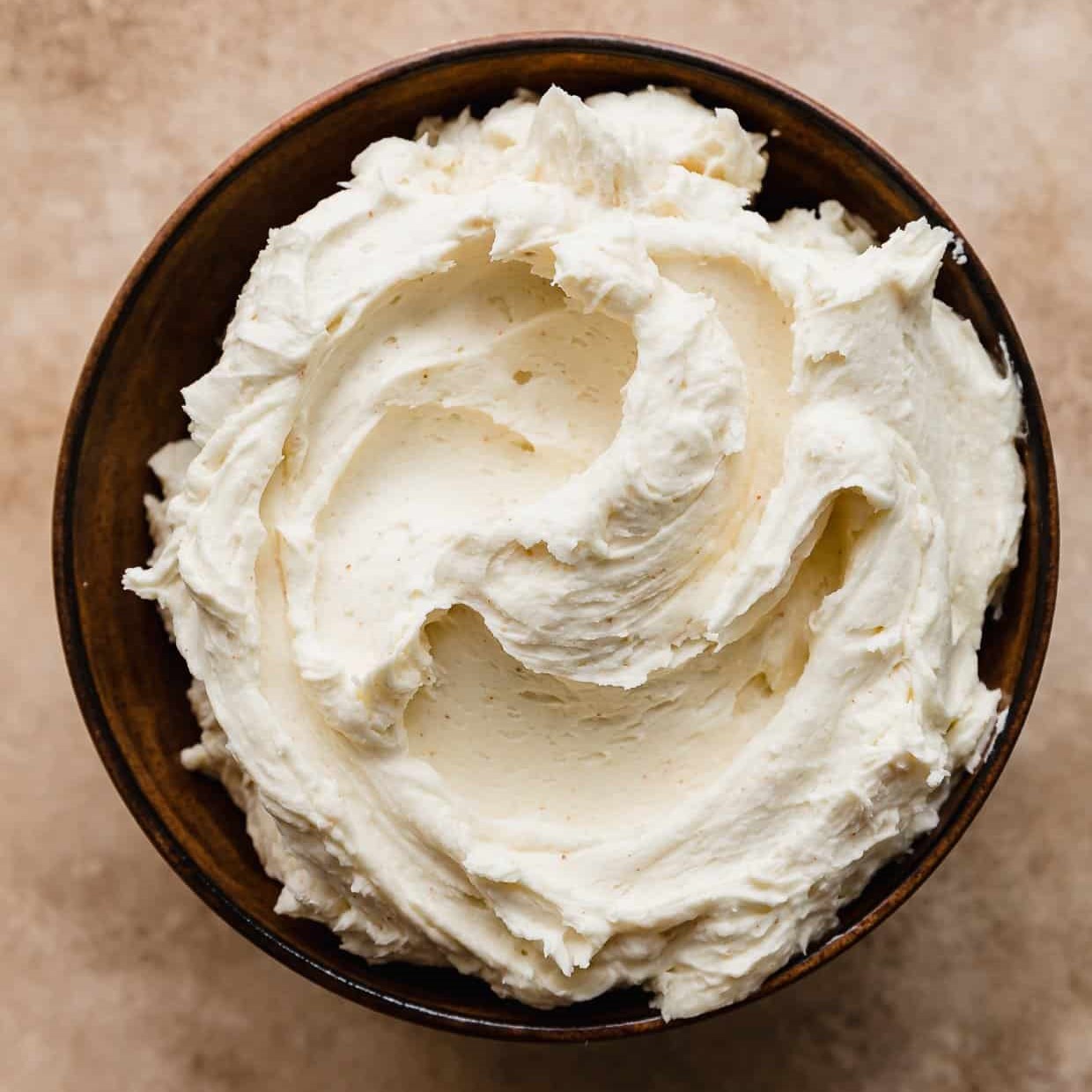
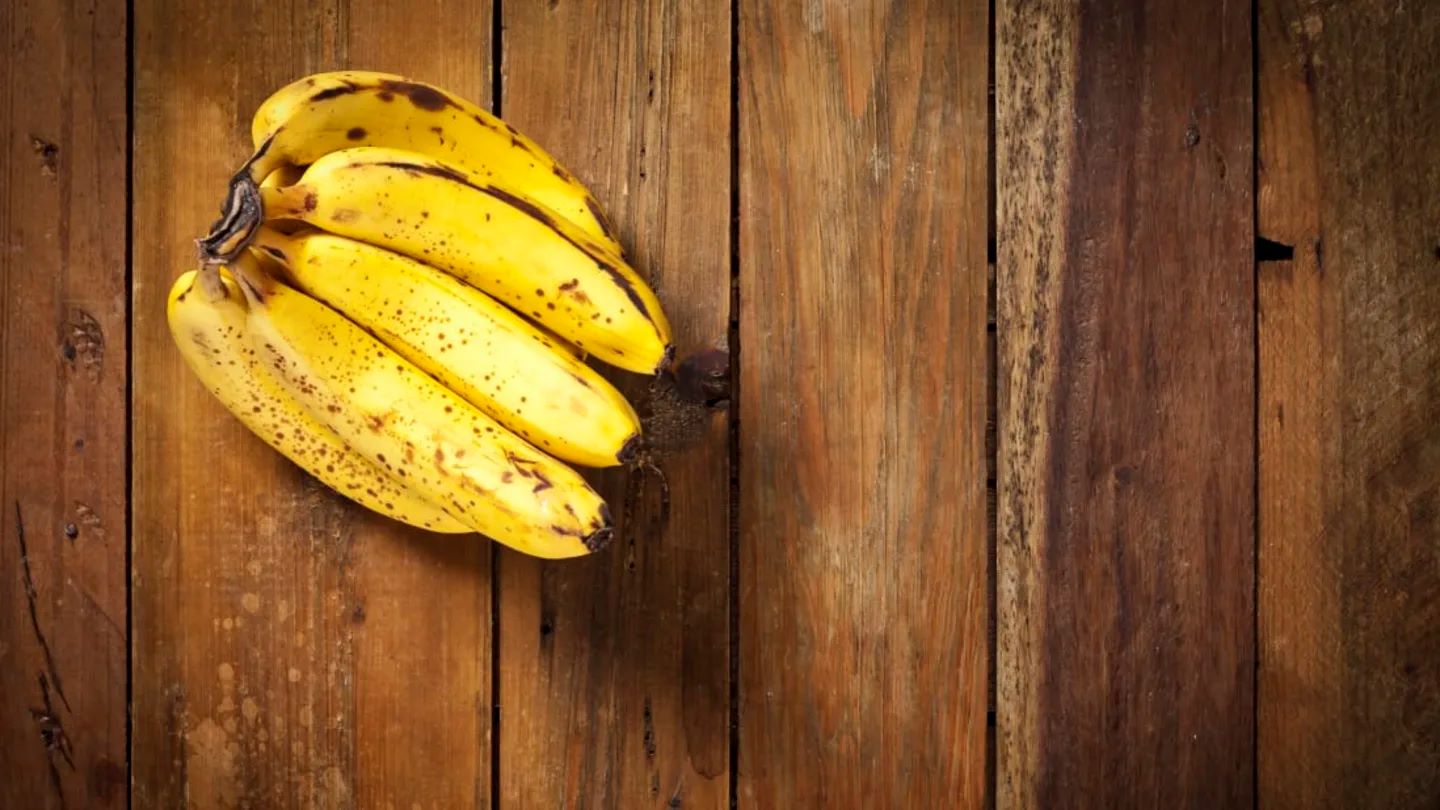
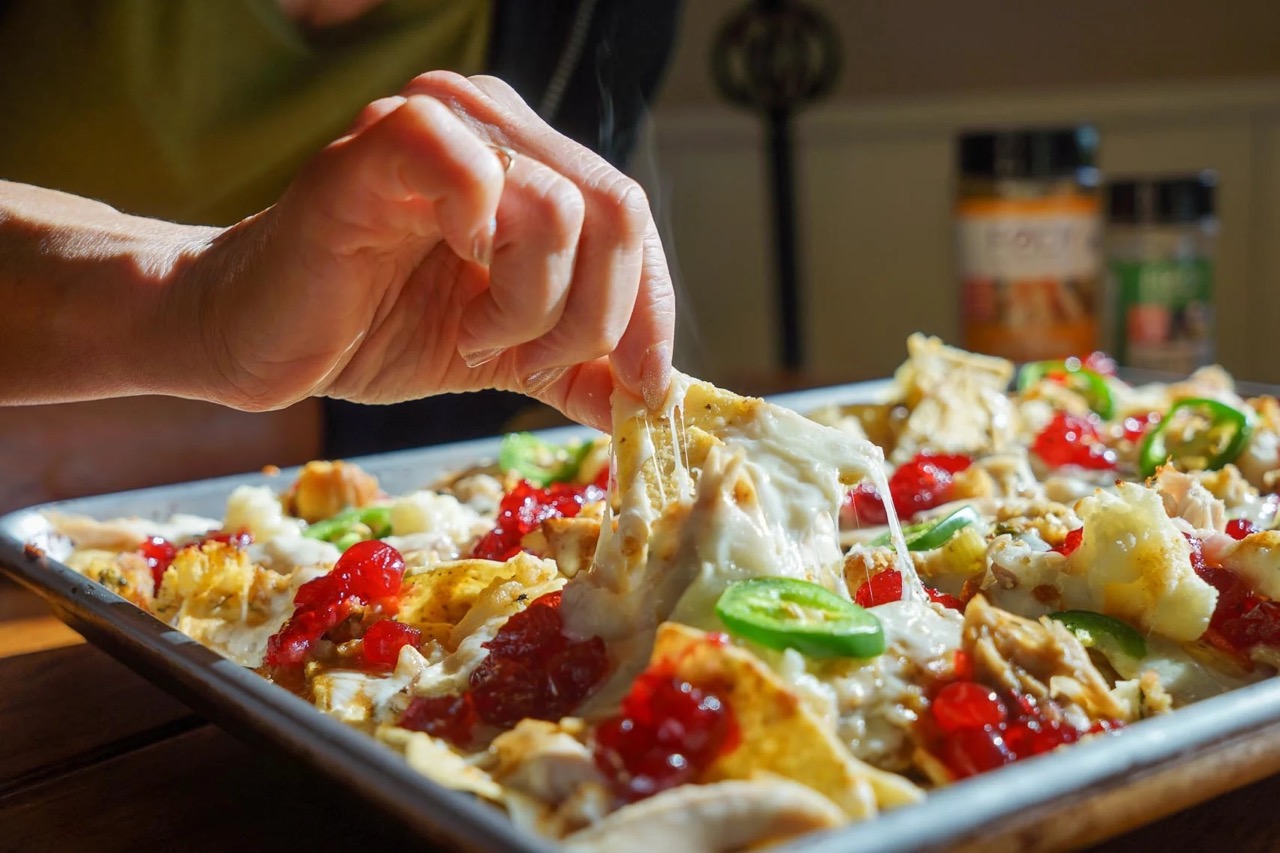
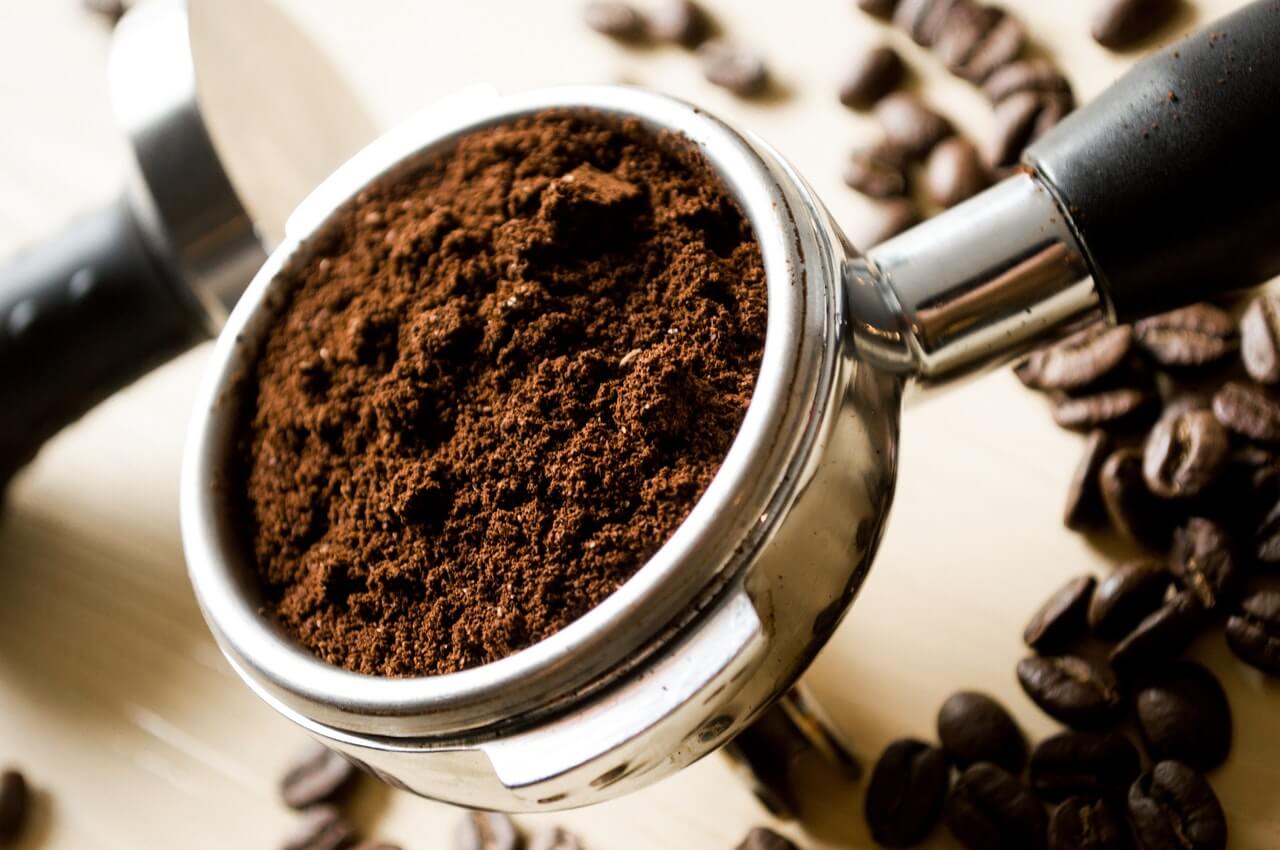




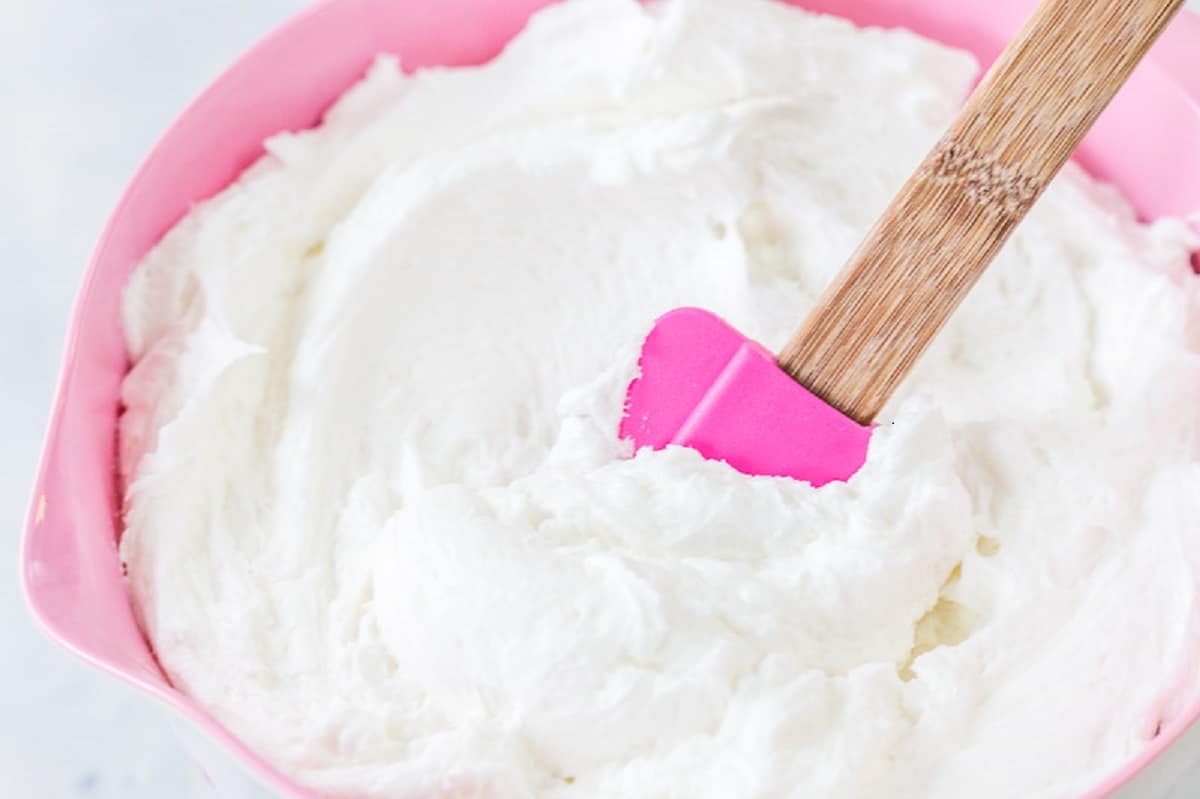
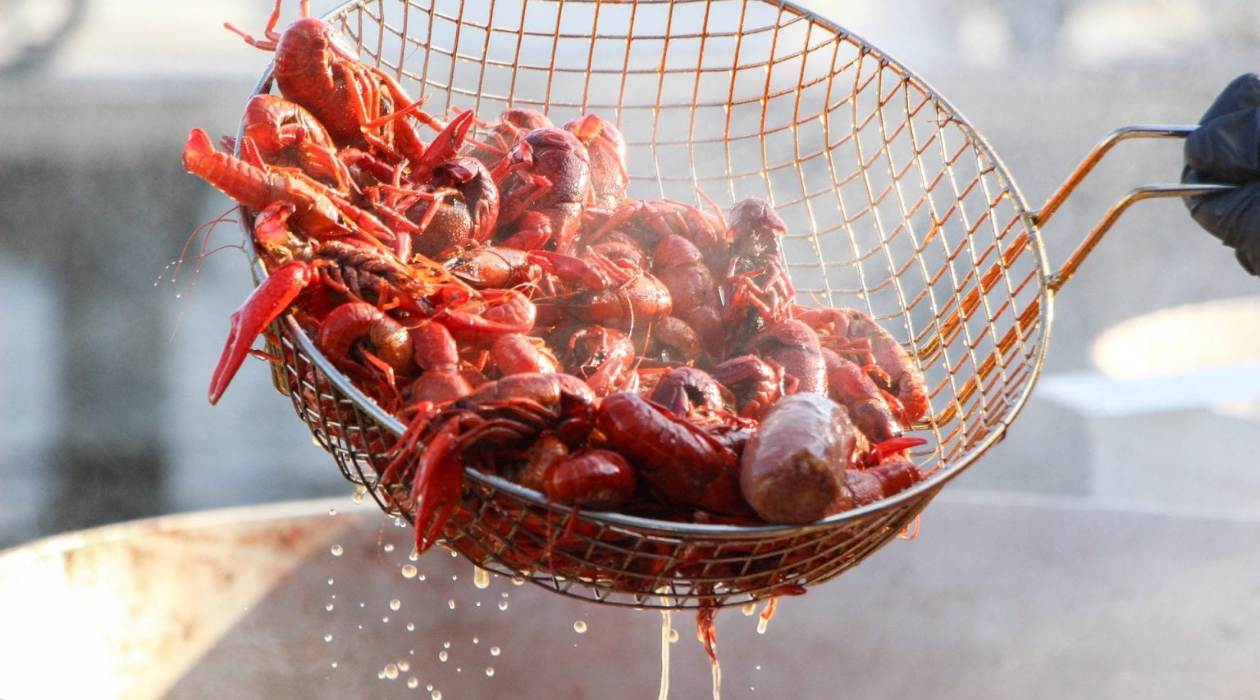
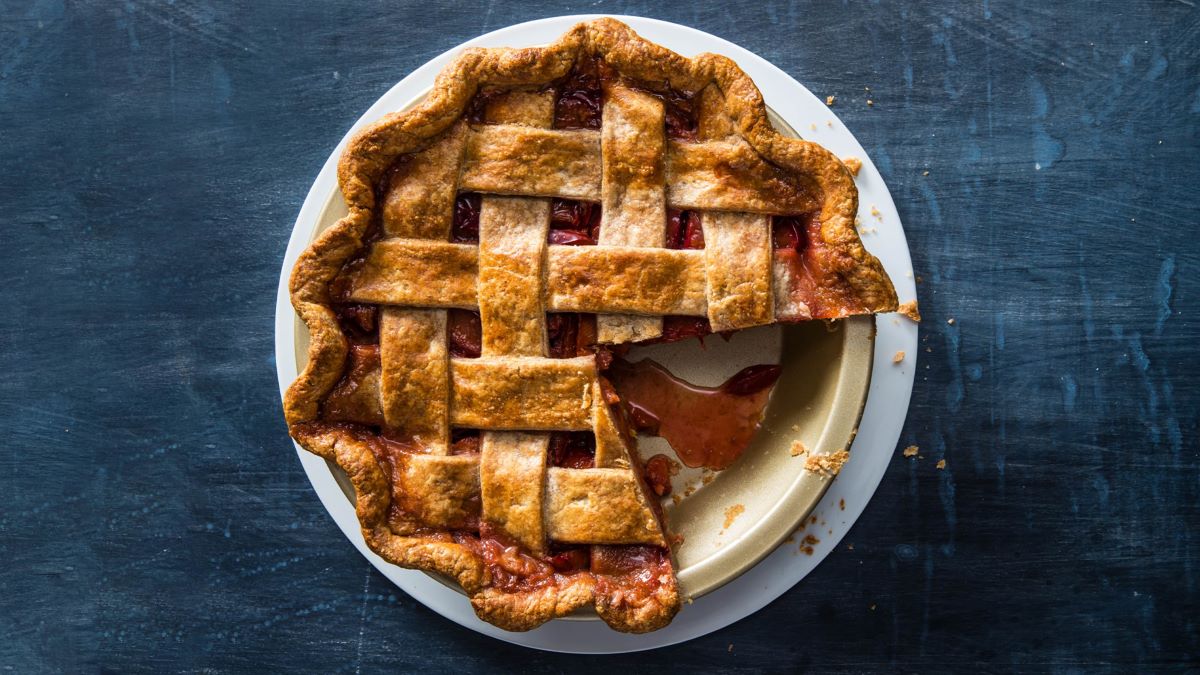

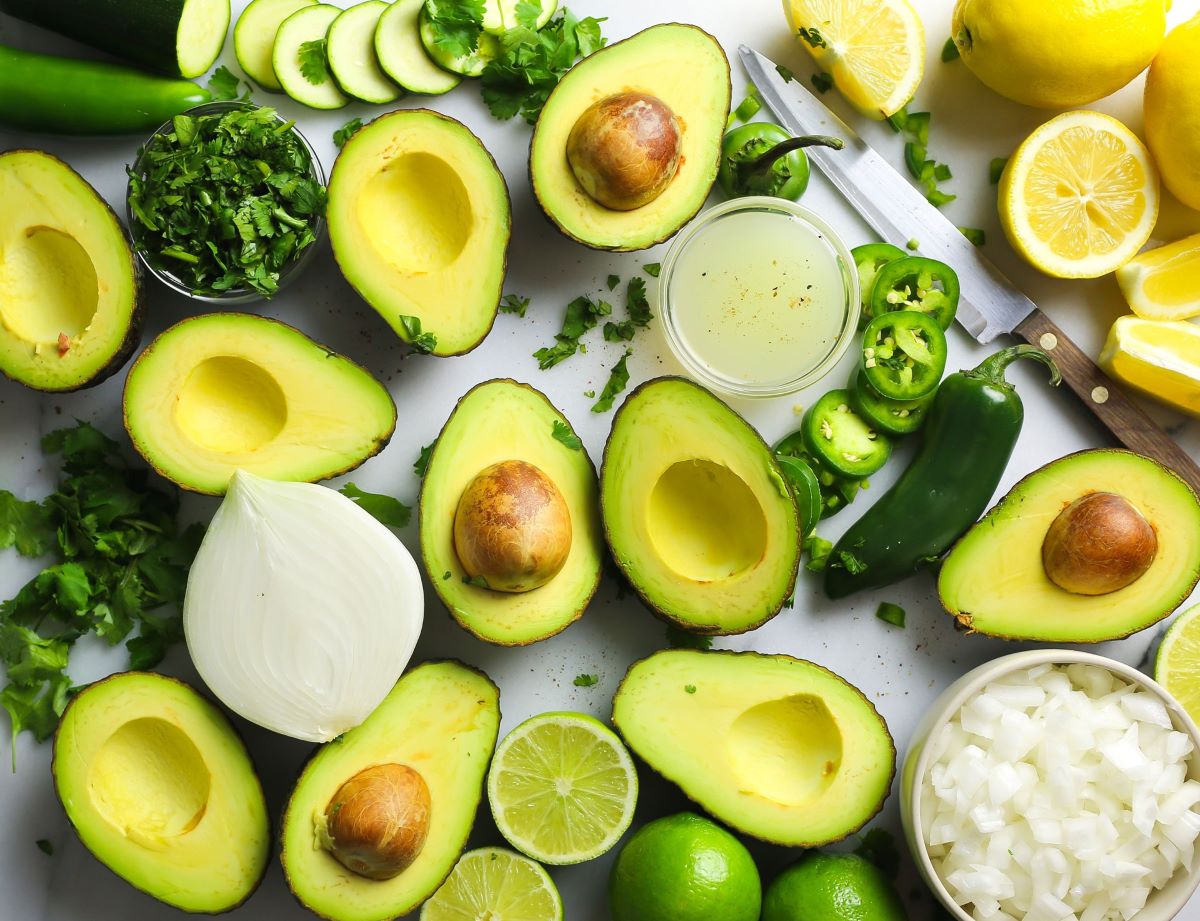
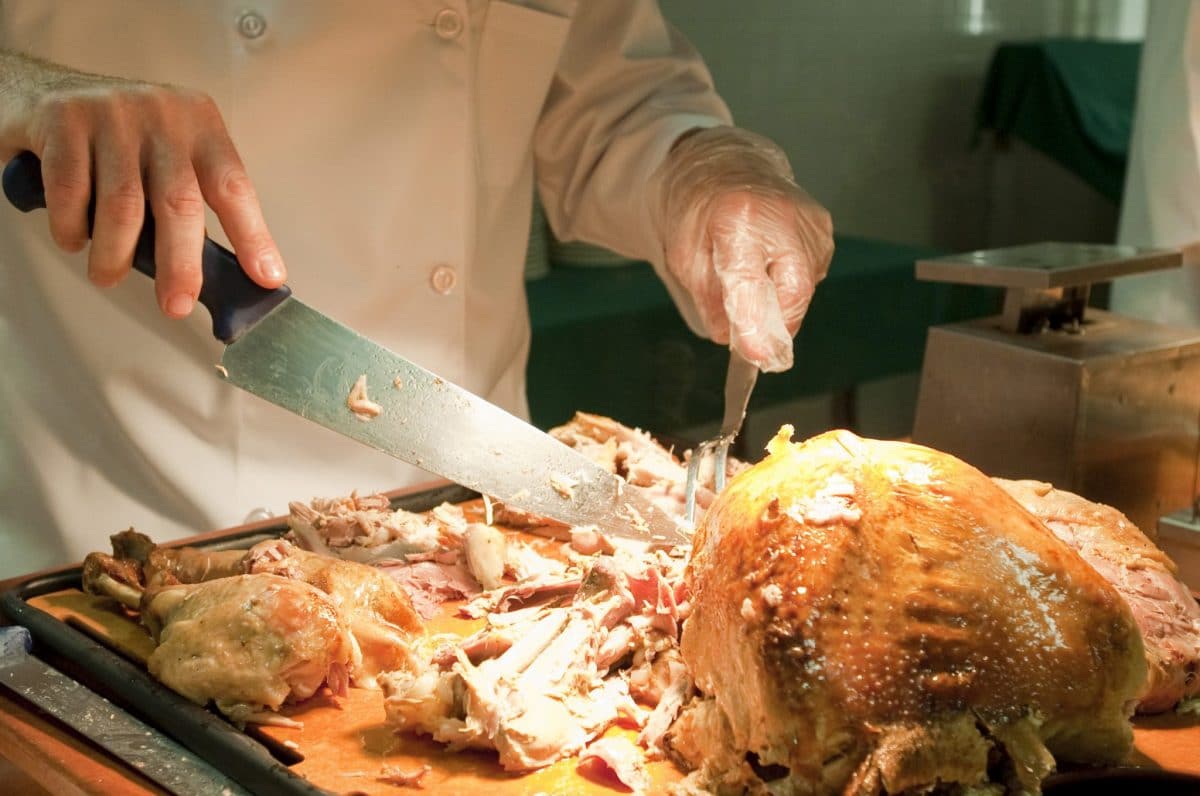

0 thoughts on “How To Store Leftover Frosting”